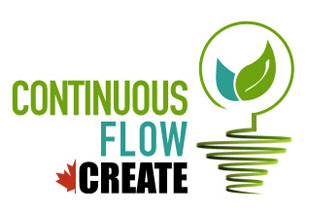Spotlight on... / Our Latest News
Meet Our New Travel Laureates.
Congratulations to T. Bushareb, O. Gamboa Marin, O. Guévremont, F. Fournelle et E. Maurice-Elder. .
Émilie Morin is Honored.
She won Best Poster at the 7th Annual European Conference of the Flow Chemistry Society.
Testimonies / About Continuous Flow Science
Any questions?
Contact the people in charge of the CREATE program.









